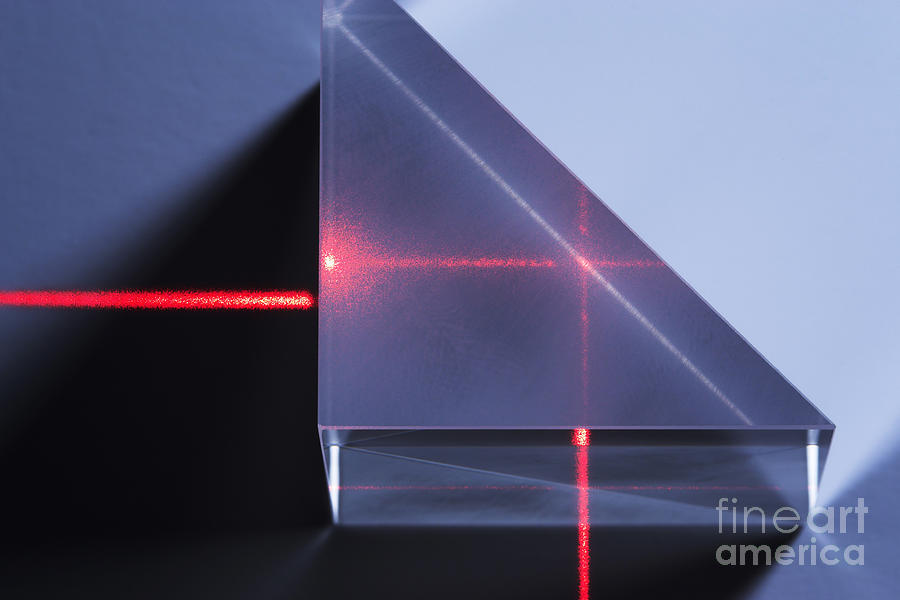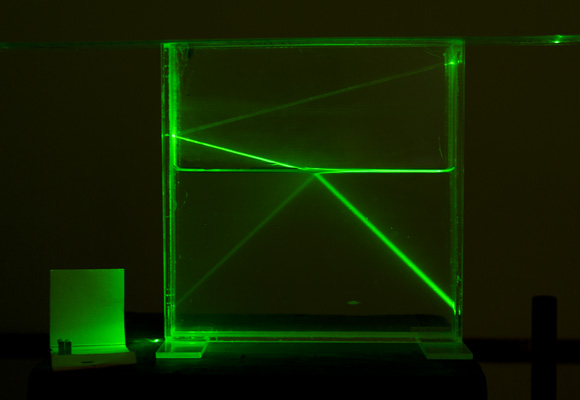
The optical phenomenon that refers to the absolute reflection of a ray of light.

It is the phenomenon behind your high-speed internet connectivity. Total Internal Reflection in Daily Life Two Rules of Internal Reelection. It is the phenomenon behind your high-speed internet connectivity. Snell's law states that, for a given pair of media, the ratio of the sines of angle of incidence ( θ 1 is the wavenumber in vacuum. Total Internal Reflection is the phenomenon that makes beautiful rainbows or diamonds dazzle with brilliant colours. The law is also satisfied in meta-materials, which allow light to be bent "backward" at a negative angle of refraction with a negative refractive index. In optics, the law is used in ray tracing to compute the angles of incidence or refraction, and in experimental optics to find the refractive index of a material. This law was named after the Dutch astronomer and mathematician Willebrord Snellius (also called Snell). The Total Internal Reflection Concept Builder includes three activities that target student understanding of the requirements for total internal reflection. Snell's law (also known as Snell–Descartes law and ibn-Sahl law and the law of refraction) is a formula used to describe the relationship between the angles of incidence and refraction, when referring to light or other waves passing through a boundary between two different isotropic media, such as water, glass, or air. Since the velocity is lower in the second medium (v 2 < v 1), the angle of refraction θ 2 is less than the angle of incidence θ 1 that is, the ray in the higher-index medium is closer to the normal. Total internal reflection (TIR) can be frustrated by placing a slab of material of higher index of refraction close enough to the boundary, so to allow the.

Refraction of light at the interface between two media of different refractive indices, with n 2 > n 1. The phenomenon of total internal reflection is the basis for fiber optic cables, which are used to carry signals over very long distances with very little loss. Total internal reflection of light radiations is the phenomenon by virtue of which light radiation arriving at the interface or boundary of two different mediums is able to get completely reflected inside the medium and does not suffer any refraction, transmission, diffusion, scattering, or other relevant phenomena. When total internal reflection occurs at the interface of two mediums with different refractive indices, a portion of light (evanescent wave) penetrates the. Also, one very important thing to keep in mind is that total internal reflection can only occur when light travels from a medium with a higher index of.


 0 kommentar(er)
0 kommentar(er)
